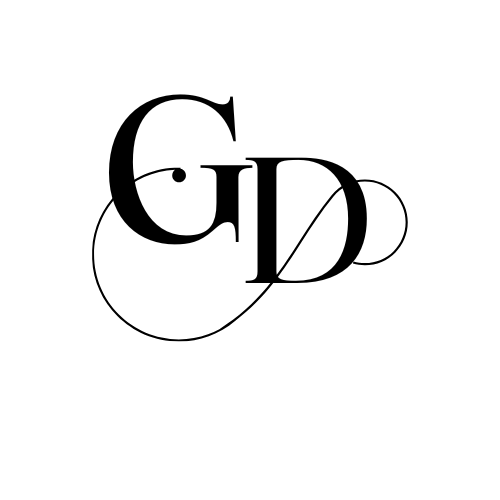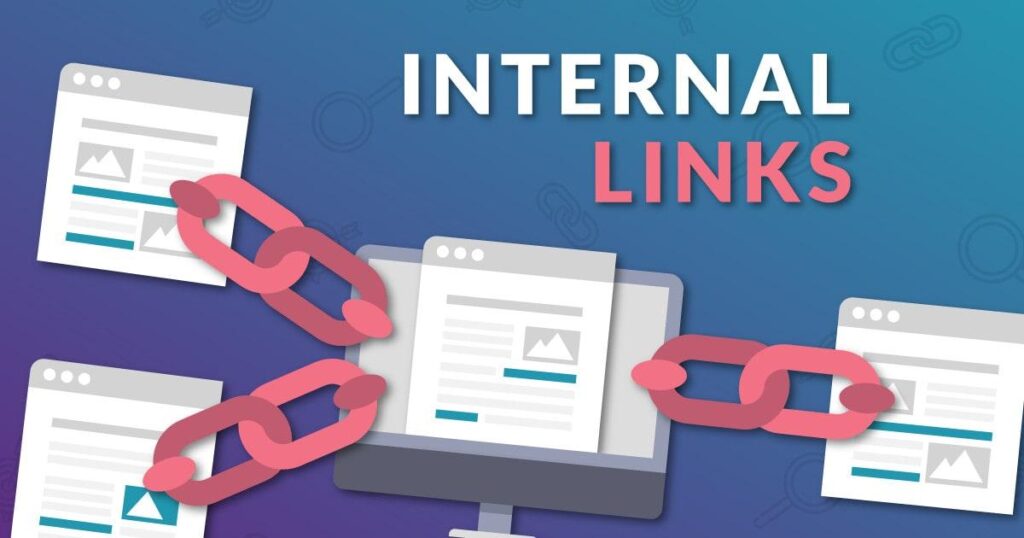
10 Powerful Internal Links Tips To Boost Your SEO
Table of Contents
1. What Is An Internal Link?
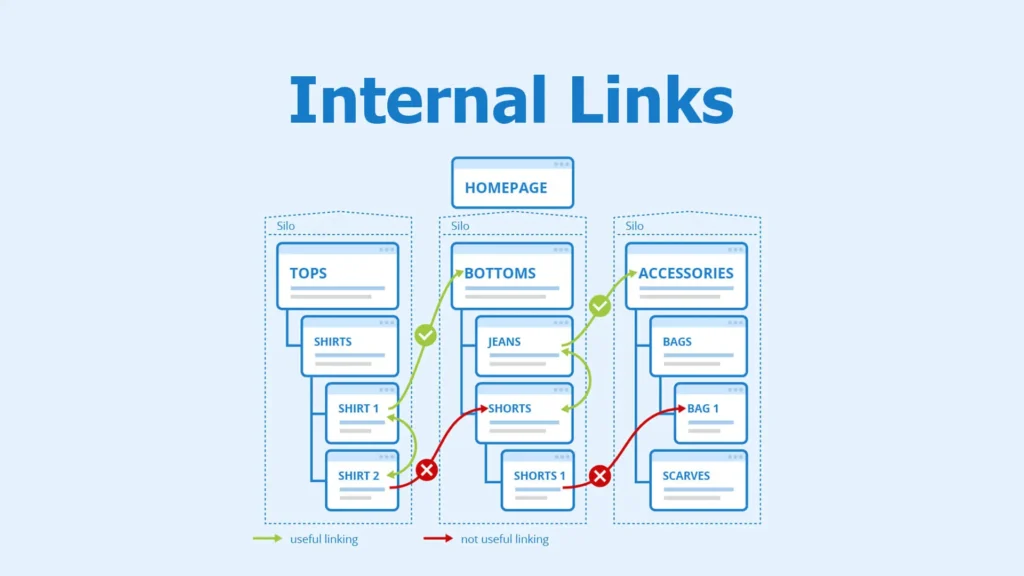
An Internal Link is a hyperlink that connects one page on your website to another page on the same domain. These links help users and search engines navigate through your website. For like, when you write a blog post and link to another blog and service page within your own site, that is an Internal Link.
These links are different from external links, which point to other websites. Internal links play a crucial role in creating a well-structured website and improving both user experience and search engine optimization (SEO).
2. Why Internal Links Are Important For SEO
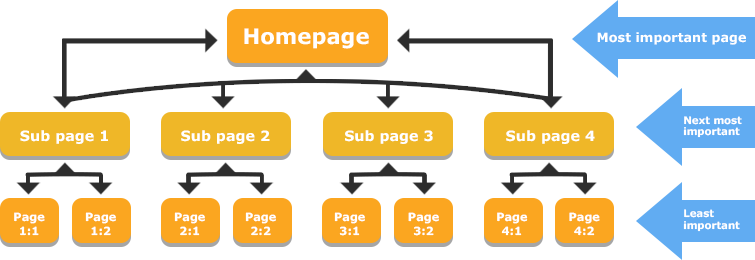
Internal Links are important because they help Google and other search engines discover your website’s content. When you add an In-site link, it tells search engines that the linked page is relevant and important. This helps boost your site’s visibility in search results.
Moreover, Internal Linking helps distribute page authority (DA and PA) across different pages, which can lead to better rankings. It also improves the user experience by guiding visitors to more helpful and related content, keeping them on your website longer.
3. Types Of Internal Links You Should Use
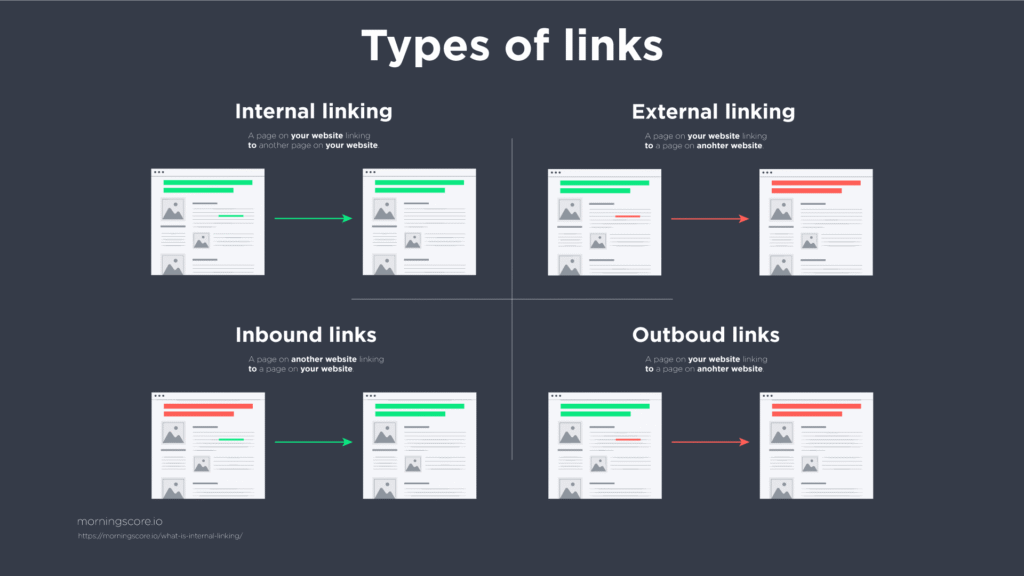
There are different types of Internal links that you should consider using on your website. Let’s break them down.
3.1 Navigational Link
These are links used in the main menu and navigation bar. They help users find important sections of your like Home, About, Services, and Contact pages.
3.2 Contextual Links
These links are found within the main content. For like, in a blog post about SEO, you might include an Internal Link to another article about keyword research. These links are very useful for both SEO and keeping users engaged.
3.3 Footer And Sidebar Links
These are links placed in the website’s footer and sidebar. They often include popular posts, recent articles, and links to categories. These also help users explore more pages on your site.
4 How Internal Links Help Google Understand Your Website

Internal Links give structure to your website. When Google crawls your site, it uses these links to find and index your pages. The better your In-page link structure, the easier it is for Google to understand the relationship between your content.
For example, if several blog posts link to a specific page, Google will know that this page is important. It might even rank that page higher in search results.
5. Best Practices For Internal Linking
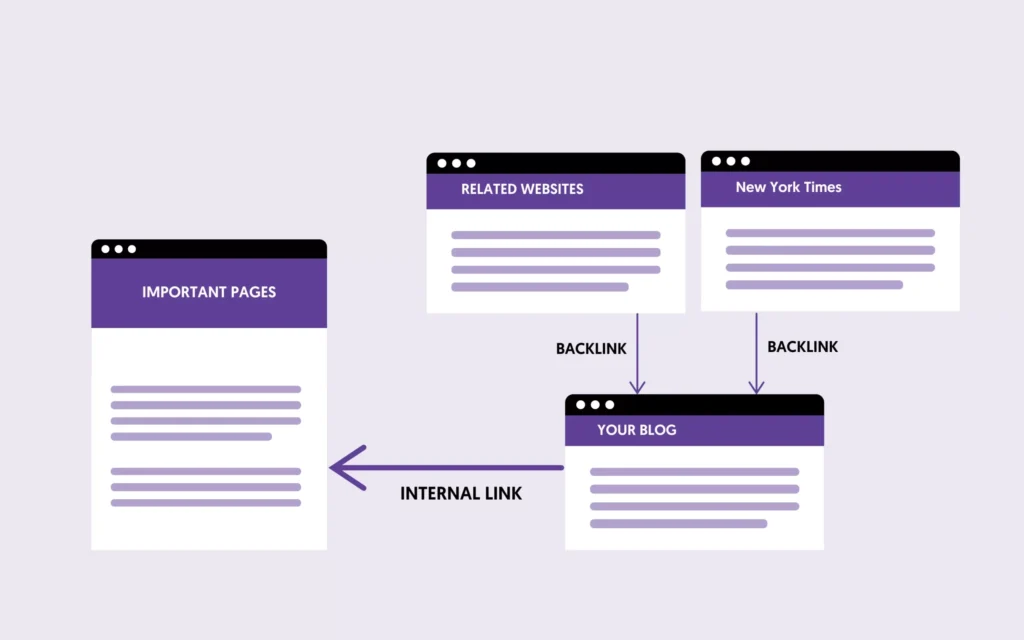
To get the most benefit from Internal Links, follow these simple yet powerful best practices:
5.1 Use Description Anchor Text
Anchor text is the clickable text in a link. Instead of saying click here, use descriptive text like learn more about Internal Link strategy. This tells both users and search engines what the linked page is about.
5.2 Link To Relevant Content
Make sure your Internal Links go to pages that are related to the content the reader is currently viewing. Relevance keeps users interested and improves SEO.
5.3 Avoid Overusing Internal Links
Too many Internal links can confuse users and search engines. Keep your linking natural and only add links that truly add value.
5.4 Keep The Link Structure Simple
Don’t bury your important pages deep inside your website. Try to make sure all key pages are accessible within three clicks from your homepages.
6. Internal Linking Strategy For New And Old Blogs
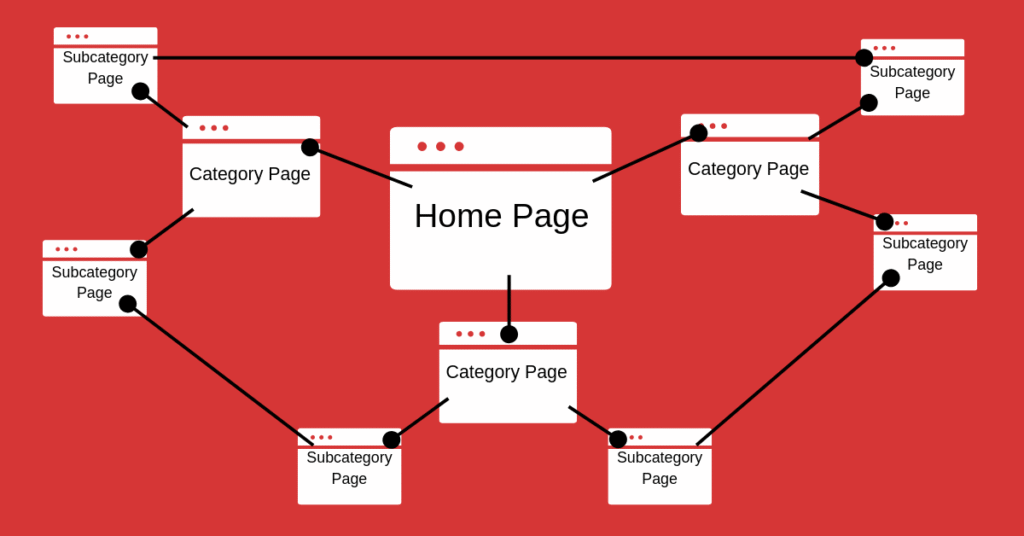
Having a proper internal link strategy can make a big difference for both new and old blog content.
6.1 How To Internally Link New Blog Posts
When publishing a new blog, link to at least 2-3 old, related blog posts. This helps the new content get crawled faster and boosts the SEO of older content.
6.2 Updating Old Posts With New Internal Links
Go back to your old blog posts and add links to your newer content. This keeps your old content fresh and gives your new pages more visibility. It’s a great way to improve your Internal Link network.
7. Tools to Help With Internal Link
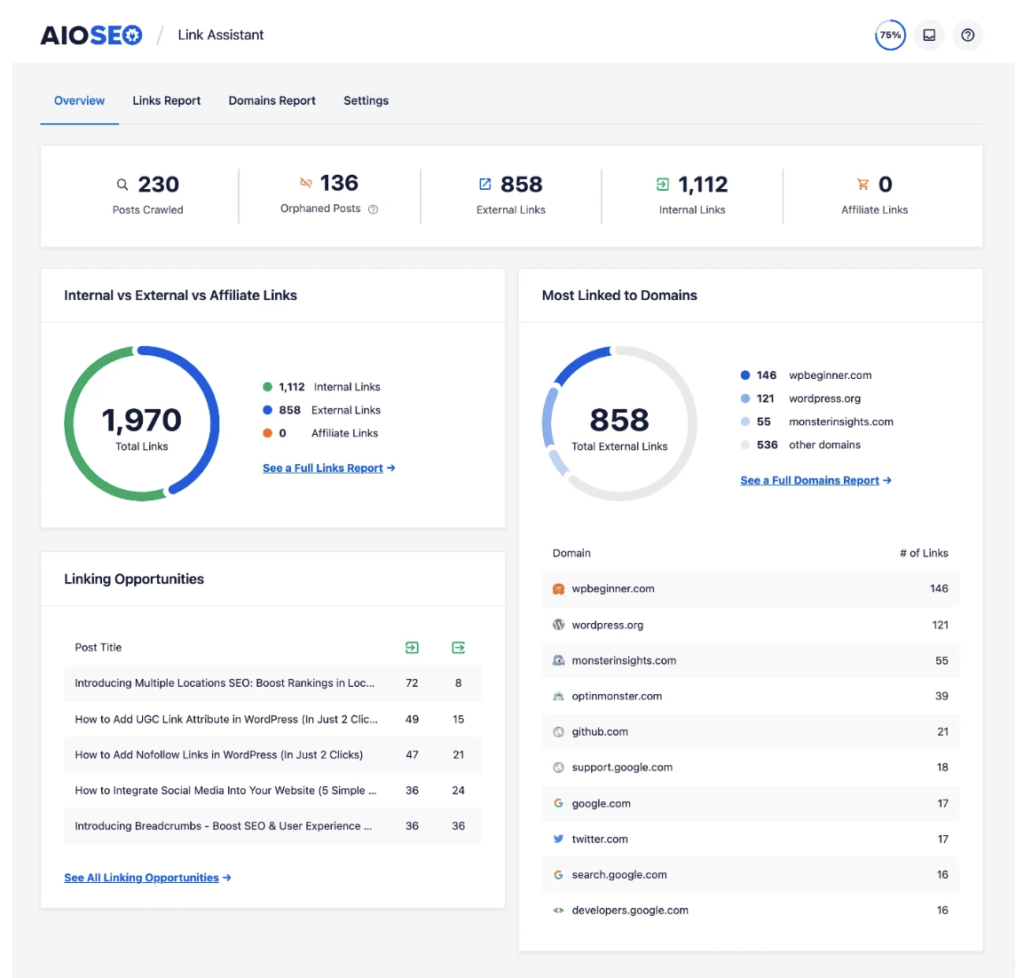
If you manage a large website, keeping track of Internal Links can be challenging. Here are some helpful tools:
Yoast SEO (for WordPress): Suggests Internal Links as you write.
Screaming Frog: Crawls your website and shows your Internal Link structure.
Ahrefs: Analyzes your Internal and identifies broken ones.
Link Whisper: A plugin that gives smart Internal Link suggestions.
Using these tools helps you maintain a strong Internal Link system with less effort.
8. Common Internal Linking Mistakes To Avoid
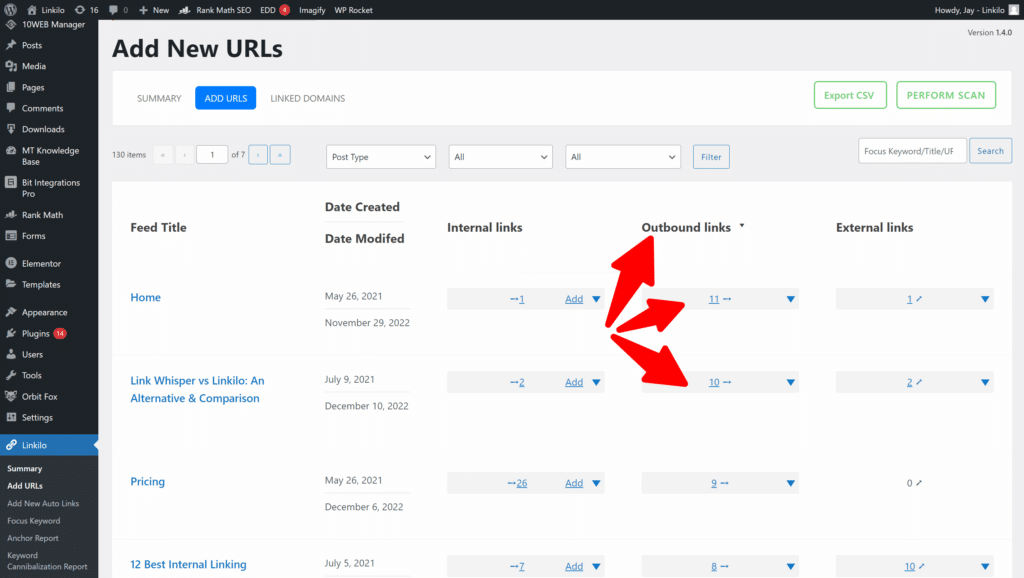
Even though Internal Linking is simple. people often make some common mistakes:
Using the same anchor text for different pages: This confuses search engines.
Linking too often to low-value pages: Don’t waste links on pages that don’t provide much value.
Not linking links: Always check and fix any broken links, as they harm user experience and SEO.
9. Conclusion
Internal links may seem small, but they have a big impact. The help search engines understand your website, distribute SEO value across pages, and make it easier for users to navigate your content. If you want to improve your rankings and keep visitors on your site longer, make In-site link a regular part of your content strategy. Whether you’re managing a blog, a business website, or an eCommerce store, using In-domain link wisely can significantly boost your online presence.
10. FAQs
1. What are internal links?
Links that connect one page of your website to another.
2. Why are internal links important for SEO?
They help search engines find and understand your pages.
3. How many internal links should I add?
Add links naturally—only when they’re helpful to readers.
4. Should I link old content to new posts?
Yes, it keeps old content active and boosts visibility.
5. Do anchor texts matter in internal links?
Yes, use clear and relevant words for each link.
